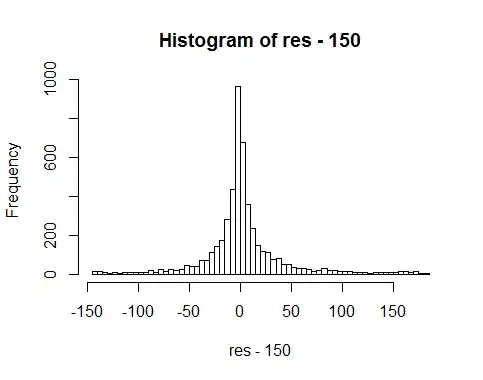My dataset is time-series sensor data and anomaly ratio is between 5% and 6%
1. For time-series anomaly detection evaluation, which one is better, precision/recall/F1 or ROC-AUC ?
When empirically studying this issue, I found some papers use precision/recall/F1 and some papers use ROC-AUC.
Considering that positive samples(anomalies) are relatively less than negative samples(normal points), which one is better?
I'm confused with this issue
2. If I use precision/recall/F1, should I check precision/recall/F1 only for positive class ?
I think because the number of positive samples are sparse, it's not appropriate to check precision/recall/F1 only for positive class
Thus, should I check precision/recall/F1 for both positive class and negative class?
If that's right, can I report precision/recall/F1 with macro avg in my paper?
(you can see the picture below. I used classification_report in sklearn library)
